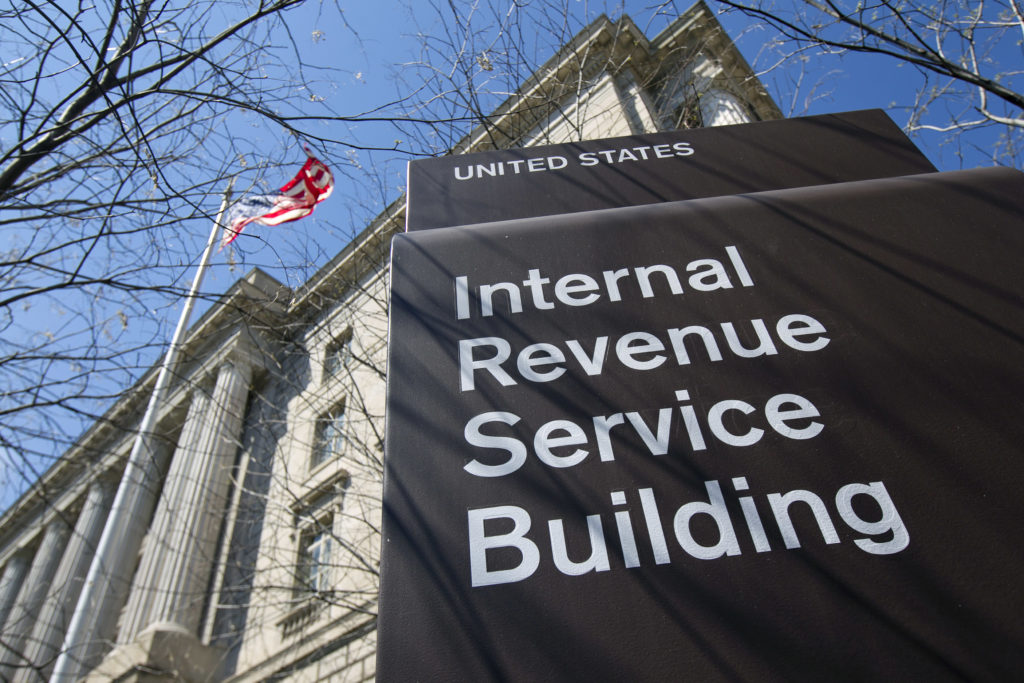- Comments
Requests for 2023-2024 IRS Priority Guidance Plan
Requested items for inclusion on the Internal Revenue Service’s (IRS) 2023-2024 Priority Guidance Plan.
Read Full Comments
IRS 2023-2024 Priority Guidance Plan
The Internal Revenue Service (IRS) released its Priority Guidance Plan for 2023-2024 on September 29, 2023. The plan includes a number of items suggested by NABL in our reply to the IRS’s request for input, see letter below.
June 7, 2023
Submitted via www.regulations.gov
(IRS Notice-2023-36)
Internal Revenue Service
Attn: CC:PA:LPD:PR (Notice 2023-36) Room 5203
P.O. Box 7604
Ben Franklin Station
Washington, D.C. 20044
RE: Requests for 2023-2024 IRS Priority Guidance Plan
To Whom It May Concern:
The National Association of Bond Lawyers (“NABL”) respectfully submits the following suggestions for inclusion in the U.S. Treasury Department’s Office of Tax Policy and Internal Revenue Service (“IRS”) 2023-2024 Priority Guidance Plan. Unless otherwise indicated, section references are to the Internal Revenue Code of 1986 (the “Code”). These items are listed in order of priority.
1. Provide guidance regarding implementation of Section 142(n) and 142(o) of the Code.
The Infrastructure Investment and Jobs Act (Pub. L. 117-58) expands Internal Revenue Code Section 142(a) to provide two new categories of exempt facility bonds for the financing of “qualified broadband projects” and “qualified carbon dioxide capture facilities.” The statutory language raises questions regarding the ability to issue bonds to meet the stated requirements for each category. The tax-exempt bond community would benefit from guidance with respect to the implementation of these new exempt facility categories. For example, among other items, guidance is needed on the qualified carbon dioxide capture facility provisions to clarify how the capture and storage percentage set forth under section 142(o)(3) is applied to a bond financing for “eligible components” described under section 142(o)(2)(A), which encompasses activities beyond the capture and storage of carbon dioxide. NABL has provided specific comments to the IRS regarding these two new categories in letters dated June 24, 2022 (qualified carbon dioxide capture facilities) and February 24, 2023 (qualified broadband projects) and would be pleased to discuss any questions.
2. Provide guidance regarding when tax-exempt and other tax-advantaged debt obligations are treated as “reissued” for certain tax purposes, by finalizing proposed regulations (with appropriate modifications).
Currently, issuers look to a patchwork of guidance to determine whether a tax-advantaged bond (in particular, a “qualified tender bond”) is treated as “reissued.” On December 31, 2018, Treasury released proposed regulations (REG-141739-08) that would synthesize much of the existing guidance. The proposed regulations omit several helpful aspects of the existing guidance, which should be maintained and incorporated into the final regulations because issuers have come to rely on these helpful rules and the tax-exempt bond community can still benefit from them. NABL has provided specific comments to the IRS and Treasury regarding these matters in a letter dated March 1, 2019 (which NABL also submitted officially on http://regulations.gov for REG-141739-08), and we would be pleased to discuss our comments.
3. Revise and supplement Revenue Procedure 2018-26 to clarify, simplify, and expand the application of the remedial action rules.
On April 11, 2018, the IRS released Rev. Proc. 2018-26, 2018-18 IRB 546, which expanded the availability of certain remedial actions under Treasury Regulation §1.141-12. Revenue Procedure 2018-26 was a step in the right direction and provides much needed relief in this area. However, there are several ways that the IRS could improve this guidance through additional guidance promulgated under Treasury’s authority in Treasury Regulation §1.141-12(h) (i.e., guidance that need not take the form of additional regulations issued after notice and comment). NABL has provided specific comments to the IRS and Treasury regarding these matters in a letter dated February 1, 2019, and we would be pleased to discuss our comments.
4. Provide clarifying guidance concerning the application of the final allocation and accounting regulations in section 1.141-6 of the Treasury Regulations.
On October 27, 2015, the Department of the Treasury published final regulations (T.D. 9741) relating to the definition of “private activity bonds” (the “Final Regulations”). The Final Regulations address four areas: (i) allocating and accounting for projects financed with tax-advantaged bonds, especially focused on projects financed both with proceeds of bonds and with moneys not derived from tax-advantaged borrowings; (ii) the treatment of certain partnerships; (iii) remedial actions, including “anticipatory remedial actions;” and (iv) qualification for multipurpose issue allocations under Treas. Reg. § 1.141-13(d). The Final Regulations provide a workable framework, but there are still some areas that merit clarification. NABL has provided specific comments to the IRS and Treasury regarding these matters in a letter dated September 26, 2018, and we would be pleased to discuss our comments.
5. Revise Instructions to IRS Form 8038 and Form 8038-G.
The current instructions for IRS Form 8038 and Form 8038-G include provisions that are ambiguous and inconsistent with each other and with published guidance. These inconsistencies and ambiguities have resulted in differing interpretations and differing approaches to information reporting. The ambiguity and inconsistency of the instructions (or lack of instructions) for many line items has led not only to inconsistent completion of the forms but also to many different practices of providing annotations, supplemental schedules and attachments to IRS Forms 8038 and 8038-G that make form preparation more difficult and may make the completed forms less useful to the IRS. NABL has provided specific comments to the IRS regarding these matters in a letter dated September 29, 2020, and we would be pleased to discuss our comments.
This list of suggested items for inclusion was compiled by members of NABL’s Tax Law Committee.
Sincerely,
Joseph (Jodie) E. Smith
President
National Association of Bond Lawyers
CC:
- Lily Batchelder, Assistant Secretary for Tax Policy, U.S. Department of Treasury
- Brett York, Deputy Tax Legislative Counsel, U.S. Department of the Treasury
- Jian H. Grant, Branch 5 Chief, Internal Revenue Service
- Johanna Som de Cerff, Senior Technician Reviewer, Office of Chief Counsel Financial Institutions and Products Branch 5, Internal Revenue Service
